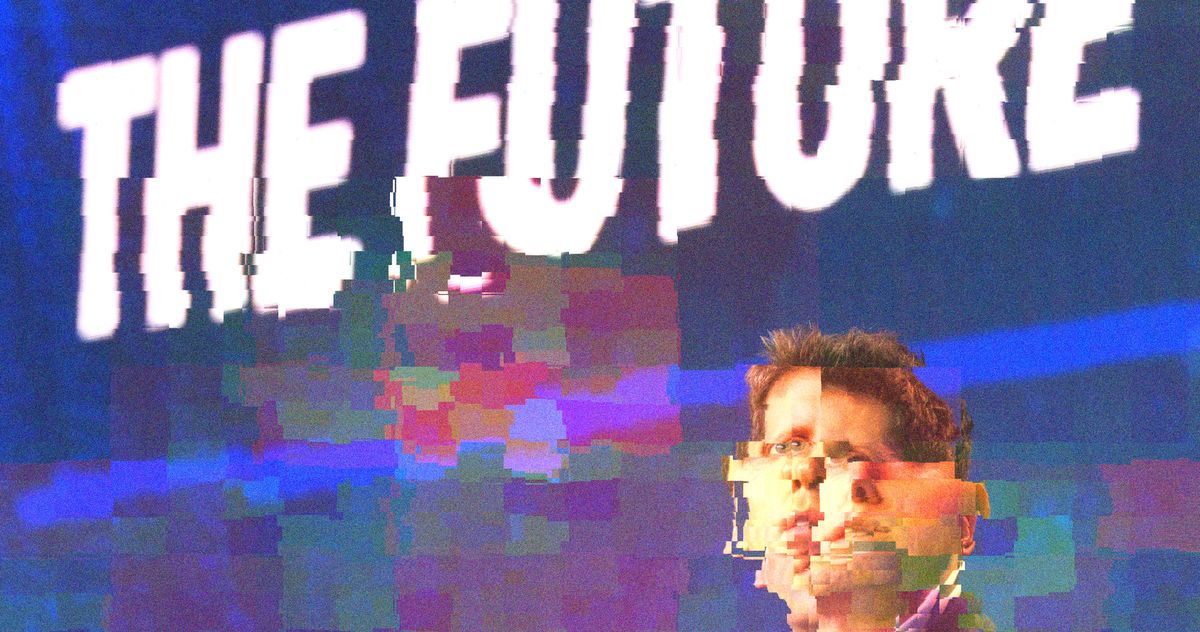Core Concepts
OpenAI introduces Sora, a text-to-video model that advances realism and prompt interpretation in AI-generated videos.
The author argues that Sora represents a significant leap forward in video generation technology, enhancing realism, prompt interpretation, and versatility.
Abstract
OpenAI unveiled Sora, a text-to-video model capable of creating detailed scenes with multiple characters and complex motions. The tool aims to address the limitations of previous AI-generated videos by focusing on spatial awareness and physics. While showcasing impressive capabilities, concerns remain about potential misuse and ethical implications in various industries.
Sora demonstrates advancements in rendering environments realistically but still struggles with motion representation. OpenAI's selective demos highlight the tool's potential commercial applications but raise questions about training data sources, costs, and ethical considerations. Despite being ahead of competitors currently, the rapid evolution of similar technologies suggests broader adoption beyond OpenAI in the near future.
OpenAI’s New Product, Sora, Is Already Producing Wild Videos
Stats
Sora can create videos up to 60 seconds long.
Runway is capable of producing short clips from text prompts.
OpenAI claims Sora can generate complex scenes with multiple characters and accurate details.
Quotes
"A stylish woman walks down a Tokyo street filled with warm glowing neon... she wears sunglasses and red lipstick." - OpenAI
"I have had a bunch of requests to discuss Sora... it was mind-blowing." - Ethan Mollick
Key Insights Distilled From
by John Herrman at nymag.com 02-16-2024
https://nymag.com/intelligencer/article/openai-new-sora-already-producing-wild-videos.html
Deeper Inquiries
How might the widespread availability of text-to-video tools impact creative industries like filmmaking?
The widespread availability of text-to-video tools, such as Sora from OpenAI, could have a significant impact on creative industries like filmmaking. These tools offer the potential to streamline and accelerate the production process by generating visual content based on textual prompts. Filmmakers may use these AI-generated videos for pre-visualization, storyboarding, or even creating entire scenes without the need for physical sets or actors. This can lead to cost savings and increased efficiency in film production.
Moreover, text-to-video tools could democratize access to video creation, allowing aspiring filmmakers with limited resources to bring their ideas to life more easily. However, there is also a concern that reliance on AI-generated content may homogenize creativity and reduce the human touch in filmmaking. It will be crucial for filmmakers to find a balance between leveraging these tools for efficiency while preserving their unique artistic vision.
What ethical considerations should be prioritized when developing AI-generated content tools like Sora?
When developing AI-generated content tools like Sora, several ethical considerations must be prioritized. Firstly, ensuring transparency about the use of AI in creating media is essential. Users should be informed when they are interacting with AI-generated content rather than human-created material.
Secondly, safeguarding against misuse is critical. Developers must implement safeguards to prevent malicious actors from using AI-generated videos for deceptive purposes such as spreading misinformation or deepfakes. Additionally, protecting intellectual property rights and ensuring proper attribution for generated content are important ethical considerations.
Furthermore, issues related to bias and representation need careful attention during development. Biases present in training data can perpetuate harmful stereotypes or exclude marginalized groups from representation in AI-generated media. Developers should actively work towards mitigating biases and promoting diversity and inclusion in their algorithms.
How can advancements in AI-generated media influence public perception and information consumption habits?
Advancements in AI-generated media have the potential to significantly influence public perception and information consumption habits. As these technologies become more sophisticated at producing realistic visuals and videos based on textual input, there is a risk that consumers may struggle to differentiate between real footage and synthetic creations.
This blurring of lines between reality and fiction could lead to challenges regarding trustworthiness of visual information online. Misinformation spread through manipulated videos created by AI could erode trust in digital media platforms if not properly addressed.
On the other hand, advancements in AI-generated media also offer opportunities for enhanced storytelling experiences and immersive entertainment options for audiences. The ability to quickly generate high-quality visuals based on text prompts opens up new possibilities for creative expression across various forms of digital media.
Overall, it will be crucial for developers of AI-generated media technologies like Sora to prioritize transparency, accountability, and responsible usage practices to ensure that advancements positively contribute towards enriching public discourse rather than undermining it.
0
